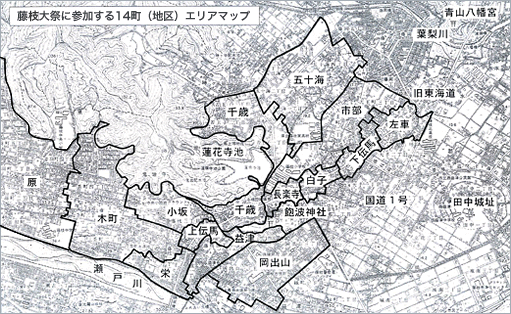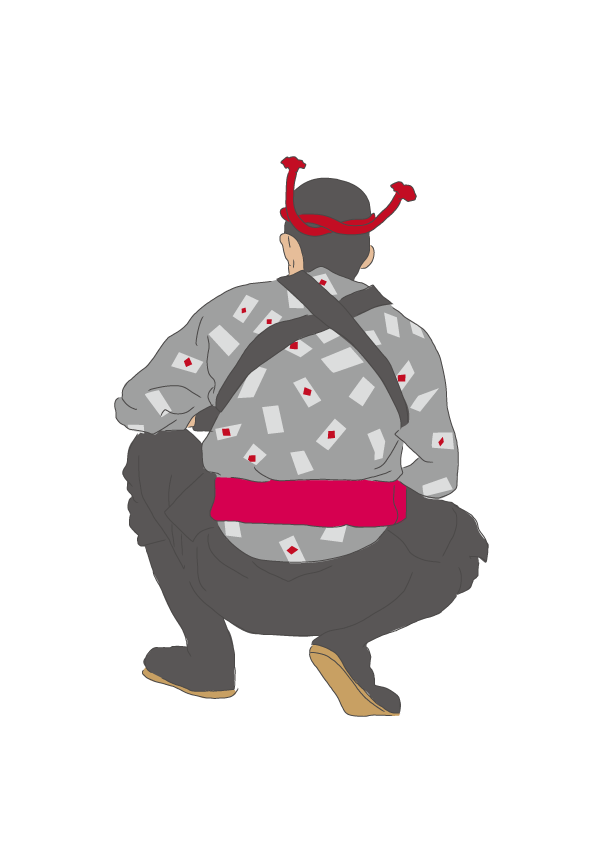祭り 藤枝 地踊り 大祭り
江戸時代、田中城の鬼門を守る青山八幡宮の大祭に、藤枝宿の屋台が行列に付き従ったのが始まり。3年に一度開催される藤枝大祭りは、ほとんどの屋台が長唄・三味線・囃子方というフルメンバーによる演奏で、地踊りを披露します。質・量ともに、日本一の長唄・地踊りです。
Copyright c 藤枝大祭連合会 All Rights Reserved.
◯

Information on the Fujieda Omatsuri( Fujieda Grand Festival) -History
The Fujieda Grand Festival has a long tradition and history since the Edo period.

It began in the Edo period, where dances performed by people in Fujieda-shuku were shown to the feudal lords and retainers at the Aoyama Hachimangu Festival near Tanaka Castle.The dances and the pulling of decorated floats have been performed at the Akunami Shrine Grand Festival in Fujieda-shuku since 1871.
The Akunami Shrine Grand Festival is held once every three years and is now called as the 'Fujieda Grand Festival'.
Until Meiji period, dances were performed to match the dolls (Nerimono) displayed on large three-tiered floats with a stage.However, as the floats were too large and would get caught in the electric cables, they were replaced by floats with only stages and in 1916, the form of performing Jiodori dances along with Nagauta music was established as it is today.
Jiodori is the dance performed on the ground and Nagauta is a form of music played in Kabuki performance.At the Fujieda Grand Festival, Jiodori is performed to the accompaniment of Nagauta, Shamisen and music.
The 14 floats are pulled by 9 towns of the former Fujieda-shuku and 5
neighboring towns and attract many people in the Grand Festival.

This style flourished in the Edo period, but is now only performed in Fujieda, Shimada, and Kakegawa which are former post towns of Tokaido region.The Fujieda Grand Festival is the largest festival of this form in Japan in terms of scale and quality.
In the pulling of the floats, you can also see the unique way of operating them.One of the methods is pulling it with a lever stick to turn it to left or right, and the other is putting a float on top of a shot put and rotating it.
On the final day of the festival, the pulling of the floats and dance performances take place at the Hondori intersection, so don’t miss it



















